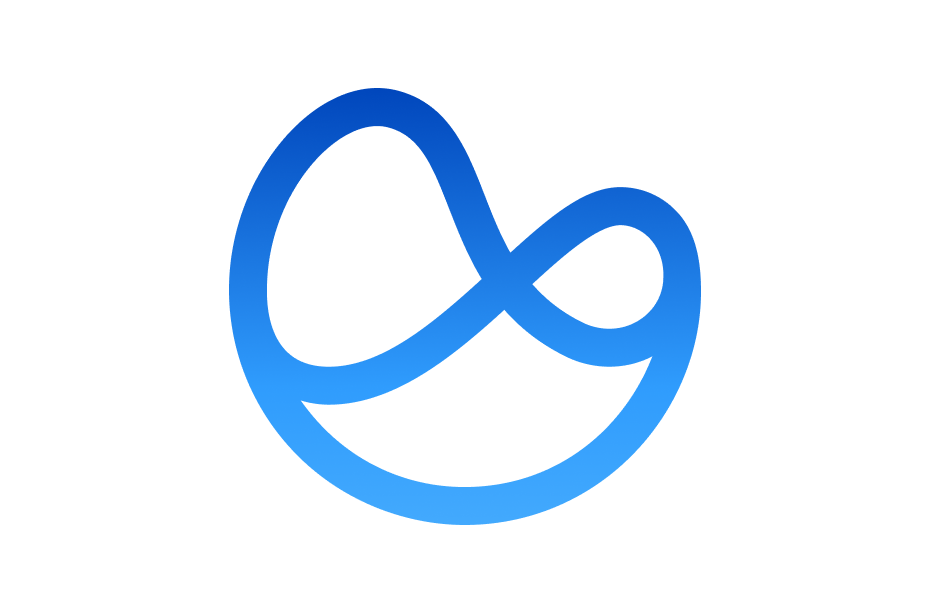Beside the Bed and Behind the Screen: Experienced Nurses are Finding New Energy in Hybrid Care
This blog originally appeared on the American Telemedicine Association’s website.
In the rise of hybrid care models like Hospital at Home, some nurses are finding a new way to deliver “the type of nursing care they’ve always wanted to,” says Deidre Rolli, BS, RN, Clinical Care Coordinator for the Hospital at Home program at UMass Memorial Health.
During the #ATA2022 conference in Boston, Rolli appeared opposite Christopher McCann, CEO of Current Health, whose care-at-home platform is used within the program at UMass. Rolli, who spent most of her career as a nurse in the emergency department, has been instrumental in helping to grow one of the largest Hospital at Home programs in the country, which has treated more than 320 patients within its value-based model and boasts an impressive readmission rate of just 2.3% among dual-eligible patients.
In the brief theater session, Rolli shared insight into training and growing a team of seventeen nurses.
Here are some of the highlights of that conversation.
The Hospital at Home model at UMass is really nurse-driven. Why do you think that is important?
Rolli: Yes, 90 percent of our nurses are ED trained. This is beneficial for assessment skills, clinical decision-making, and in responding to anything that could go wrong within the home.
Physicians rely on the observations and information from the nurses who are going into patients’ homes. You don’t really know what you’re going to find in a patient’s home, so nurses have to be adaptable and creative problem solvers. You may need to hang an IV bag on a curtain rod or respond to an unexpected low blood sugar.
How is the care your team is delivering in the Hospital at Home model different than what you were doing in the bricks and mortar facility?
Rolli: Unlike in brick-and-mortar care, the nurse is in the patient home for about an hour each visit. So, during that time, patient education is key, medication education is key, and the nurses really get the time they need to review those topics in depth. In the hospital, as a patient is about to be discharged with new medication, there’s often very little time to ensure they know when and how to take that medication. Plus, in Hospital at Home, we can do in-depth medication reconciliation, ensure the patient has food and a proper way to store medications. We’re able to decrease the number of medications the patient is being told to take.
These patients feel like they are the only patient who is being taken care of because they’re getting so much uninterrupted quality time with their nursing team.
Deidre Rolli, BS, RN
What is the nursing experience like–what do you hear from your team?
Rolli: Our team is full of deeply experienced nurses. And they say they have never been thanked so much for the work they’re doing. They actually love their jobs again. They were leaving the bricks and mortar, exhausted and burned out. And I think this is just such a way for people to continue their nursing career in a whole different way. They’re finding meaning in this care model and our team is really happy. Our program has been live for almost a year, and we haven’t had any turnover in our nursing staff.
How are you training up the team and getting them ready for a new role?
Rolli: We have a 30-day training process. Our nurses have to be trained on the technology, because most are used to looking at monitors in the med center. We also do training on safety and making sure our nurses know what to do if they need help.
When they’re in the home, nurses aren’t just delivering that direct clinical care. They’re also checking for food insecurity, making sure the living situation is safe, making sure they have working utilities, and identifying and addressing whatever else might be having an effect on the patient’s health.
We’re identifying if people don’t have heat or food in their house. Their primary care physicians often have no idea.
Deidre Rolli, BS, RN
One thing that really impresses me about your program is how sick the patients are who you’re safely treating at home. Can you speak to that acuity level and the types of conditions?
Rolli: We have brought home patients with Covid on six liters of oxygen. We have continuous vitals monitoring through Current Health, so if there is an issue, we know immediately. Our team monitors patients from 6:00 am until 10:00 pm, and overnight we rely on our partnership with Worcester EMS, who is our MIH partner.
We have days and weeks where our acuity is higher than the med-surg floor. And we’re successfully doing it, and patients are happy. That’s the key. You can take care of very sick patients in their home, with the right partnerships and the right team.
What advice would you have to physicians or nurses looking to move into more virtual care?
Rolli: This is the future. Get it on the bottom. Then you will be the leaders in this field. I’ve never seen clinicians receive so much professional gratitude, and it’s really rewarding to be able to deliver this care.


![[Webinar Recording]This Way Home: Top 10 Predictions for Care at Home in 2025](https://www.currenthealth.com/wp-content/uploads/2025/01/DSG-846-JAN-WEBINAR-LINKEDIN-16_9-AD2-P2.jpg)